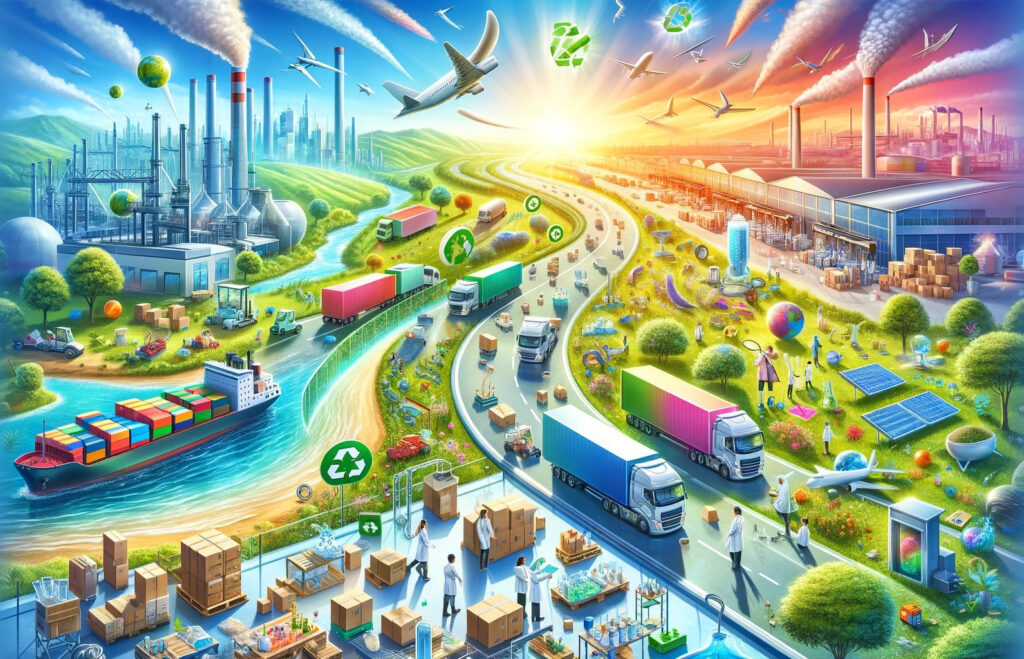
Charting a greener future: How package & packaging testing paves the way for sustainable innovation
Packaging testing plays a crucial role in steering the packaging industry toward sustainability. It involves evaluating packaging materials and designs to ensure they meet certain standards of performance, safety, and environmental impact. Here are several ways in which packaging testing can contribute to more sustainable packaging:
- Material efficiency: Testing helps identify the optimal amount of material needed to protect products effectively, minimizing waste. By determining the least amount of material necessary for adequate protection, companies can reduce their use of resources.
- Durability and protection: Tests such as drop, compression and vibration assessments ensure that packaging is durable enough to protect its contents without over-engineering. This balance is key to preventing product damage (thus reducing waste) while not using more material than necessary.
- Regulatory compliance: Many regions have strict regulations regarding packaging sustainability, such as required levels of recycled content or limits on certain materials. Packaging testing ensures compliance with these regulations, avoiding penalties and fostering a more sustainable packaging industry.
- Consumer confidence: By proving the sustainability and safety of packaging through rigorous testing, companies can build trust with consumers who are increasingly seeking eco-friendly products.
- Recyclability: Packaging testing can assess how well packaging materials can be recycled after use. By evaluating the breakdown process and the quality of the recycled material, companies can design packaging that fits better within circular economy models.
- Biodegradability: Testing the biodegradability of packaging materials ensures that they can be broken down by biological processes, reducing their impact on the environment. This is especially important for reducing the accumulation of plastic waste in landfills and oceans.
- Lifecycle Analysis (LCA): LCA is a comprehensive method for assessing the environmental impacts of packaging throughout its lifecycle, from raw material extraction through manufacturing, distribution, use, and disposal or recycling. Packaging testing can provide data for LCAs, helping companies identify areas for improvement and reduce their overall environmental footprint.
- Innovation and development: Ongoing testing encourages the development of new, more sustainable packaging materials and designs. It drives innovation by identifying shortcomings in existing materials and uncovering opportunities for improvement.
In summary, packaging testing is indispensable for advancing sustainability in the packaging sector. It helps optimize material use, enhance recyclability, ensure product safety and compliance and drive innovation towards less environmentally impactful solutions.
More about our preparation & test systems for pulp, paper and corrugated board here >
More about our packaging testing systems here >
Interested and want to know more? If yes, drop us an email or fill in the form: